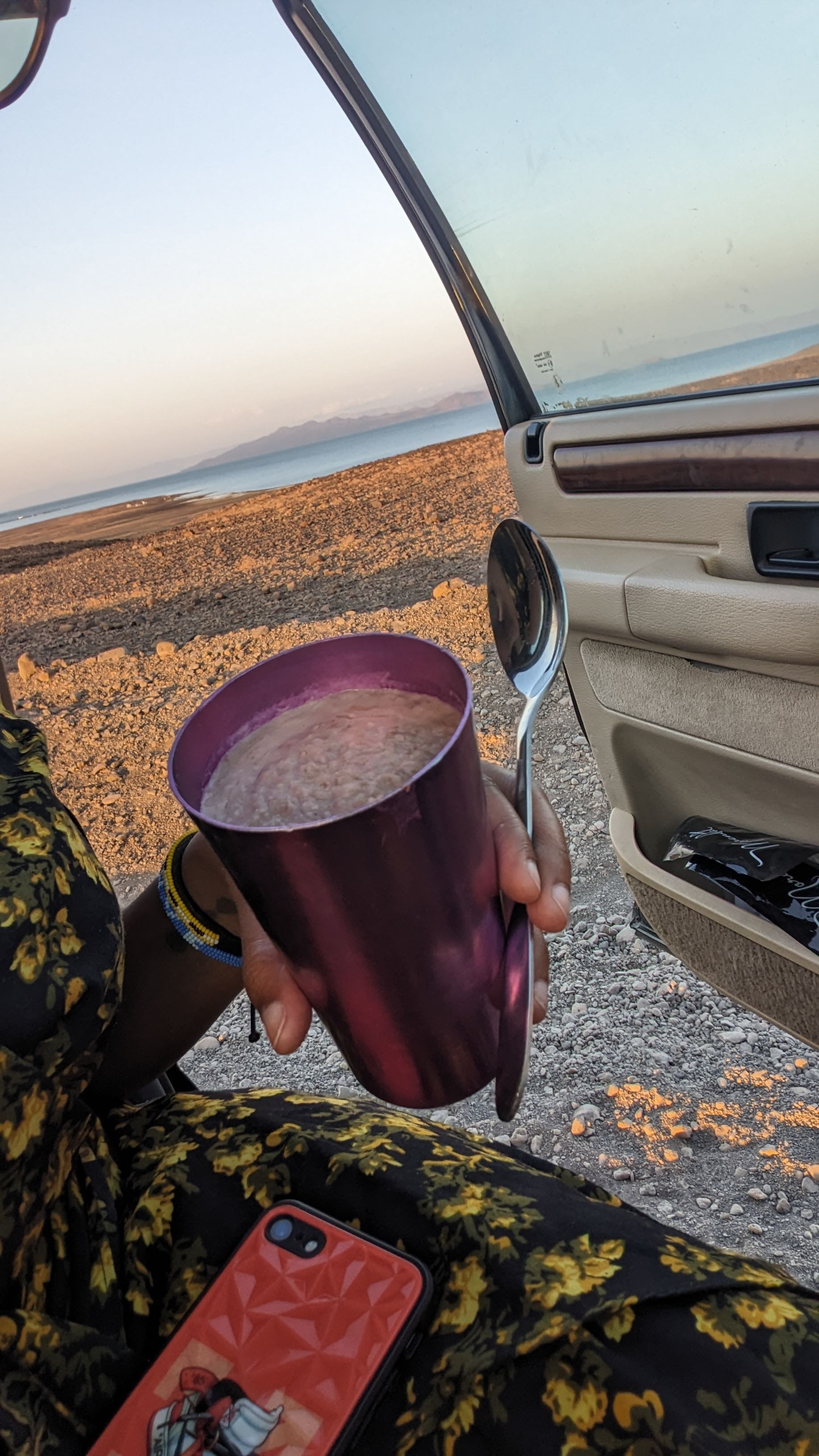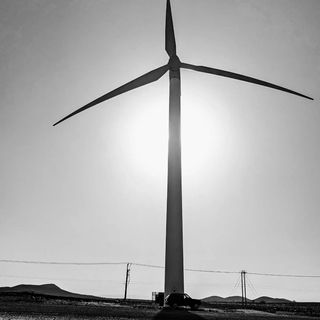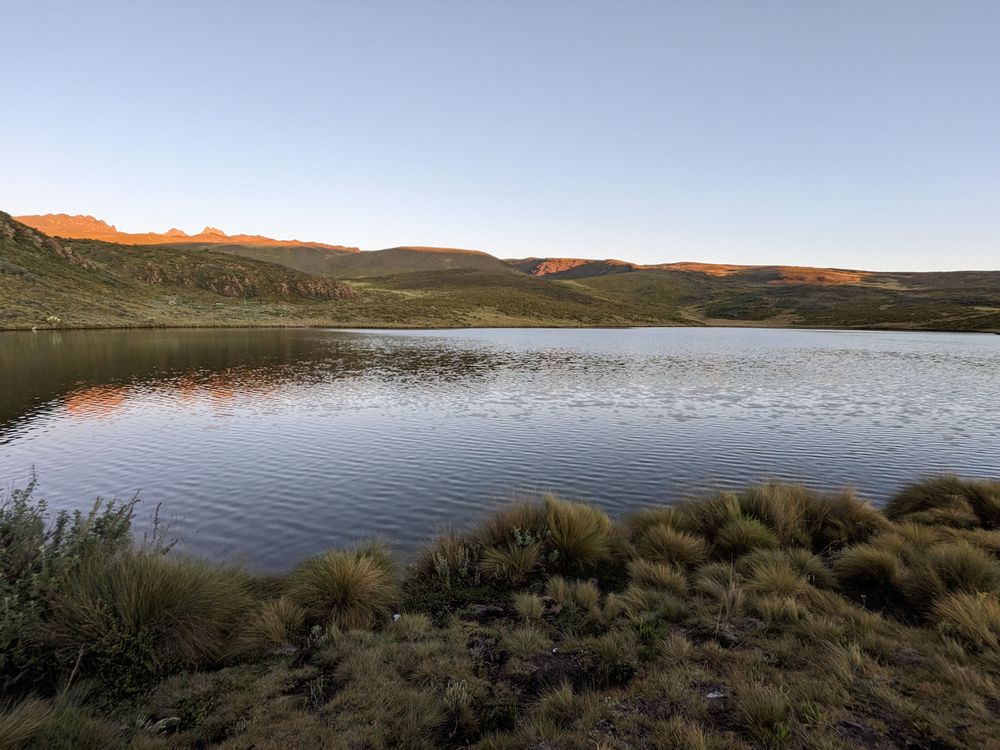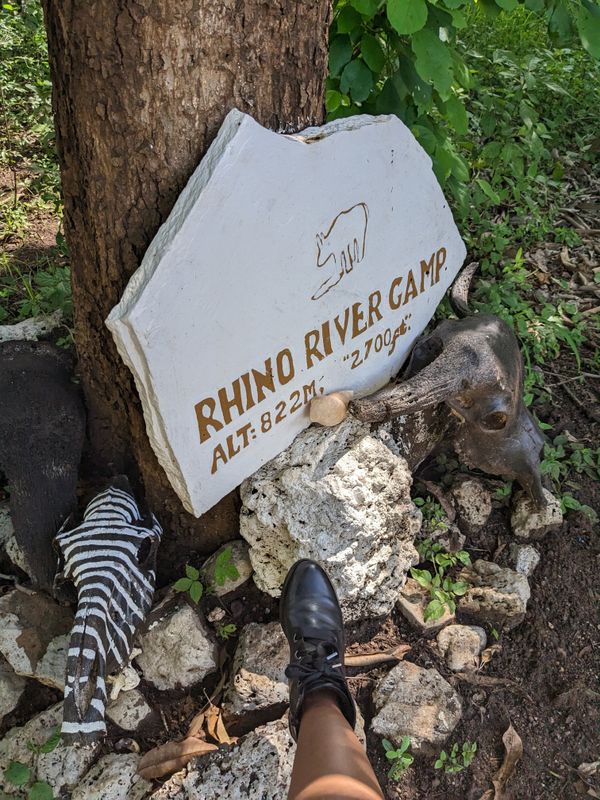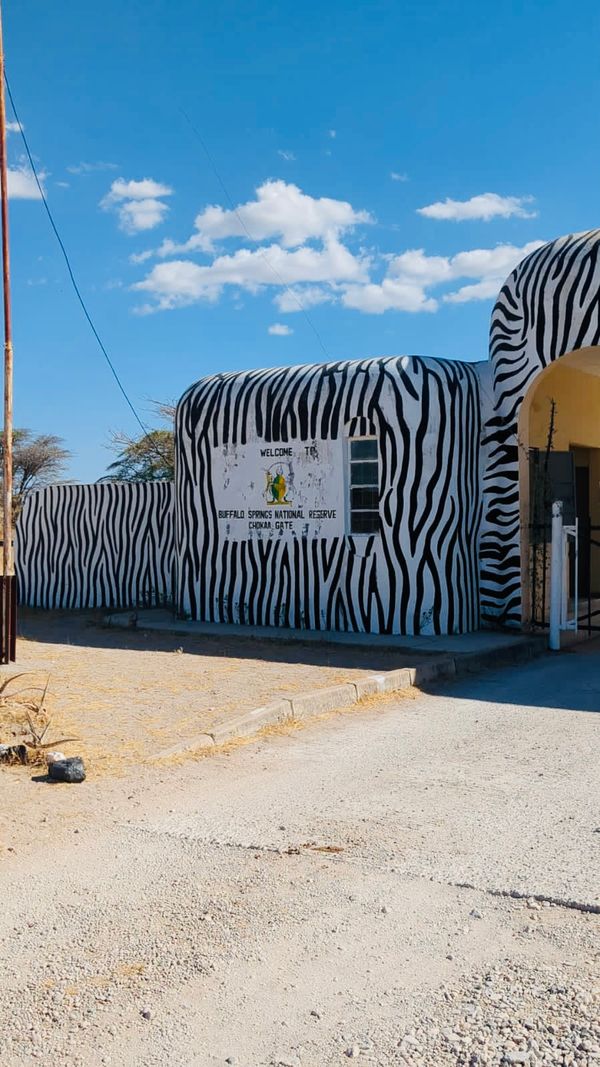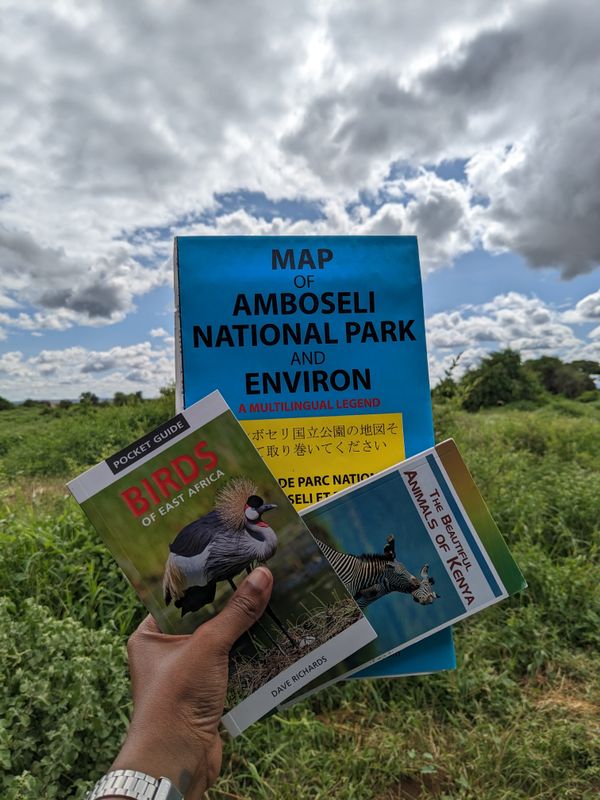How do you pace your adventures?
What is a good pace? What is a bad pace? Who gets to determine the pace? Are we in control?
After the chaos of COVID-19 and the endless days spent indoors, we have all been craving a break from Zoom meetings, excessive screen time, and mundane routines confined within four walls of our apartments. We all want to be outside. And it sure is a treat to be immersed in nature. Time passes differently while sleeping on open grounds in Koobi Fora under a clear night full of stars.

We like the pace of the outdoors. It’s hard to put this in perspective, but we can try.
From rushing to not miss a sunset to slowing down to take a view in, the pace is sometimes slow, other times fast depending on what one seeks.
A most memorable moment for us was the pressure to get through the gate of a national park as we had underestimated the time and the gates close at 6 pm. While we needed to speed up and get there in time, you could feel the pressure, and enthusiasm for camping turned into anxiety about getting locked out. Pace goes beyond the literal speed, to a feeling, in a given time and place.
In outdoorsy adventures, 'pace' is omnipresent.
It's about the speed, rhythm, flow, and how we want to experience any activity. It's an energy that surrounds the adventure. The tempo we adopt, whether individually or as a group. Sometimes it’s about going with the flow either imposed by nature or self-imposed. Lazy evenings with play and conversations, slow mornings, or collaborative packing when it's time to leave.
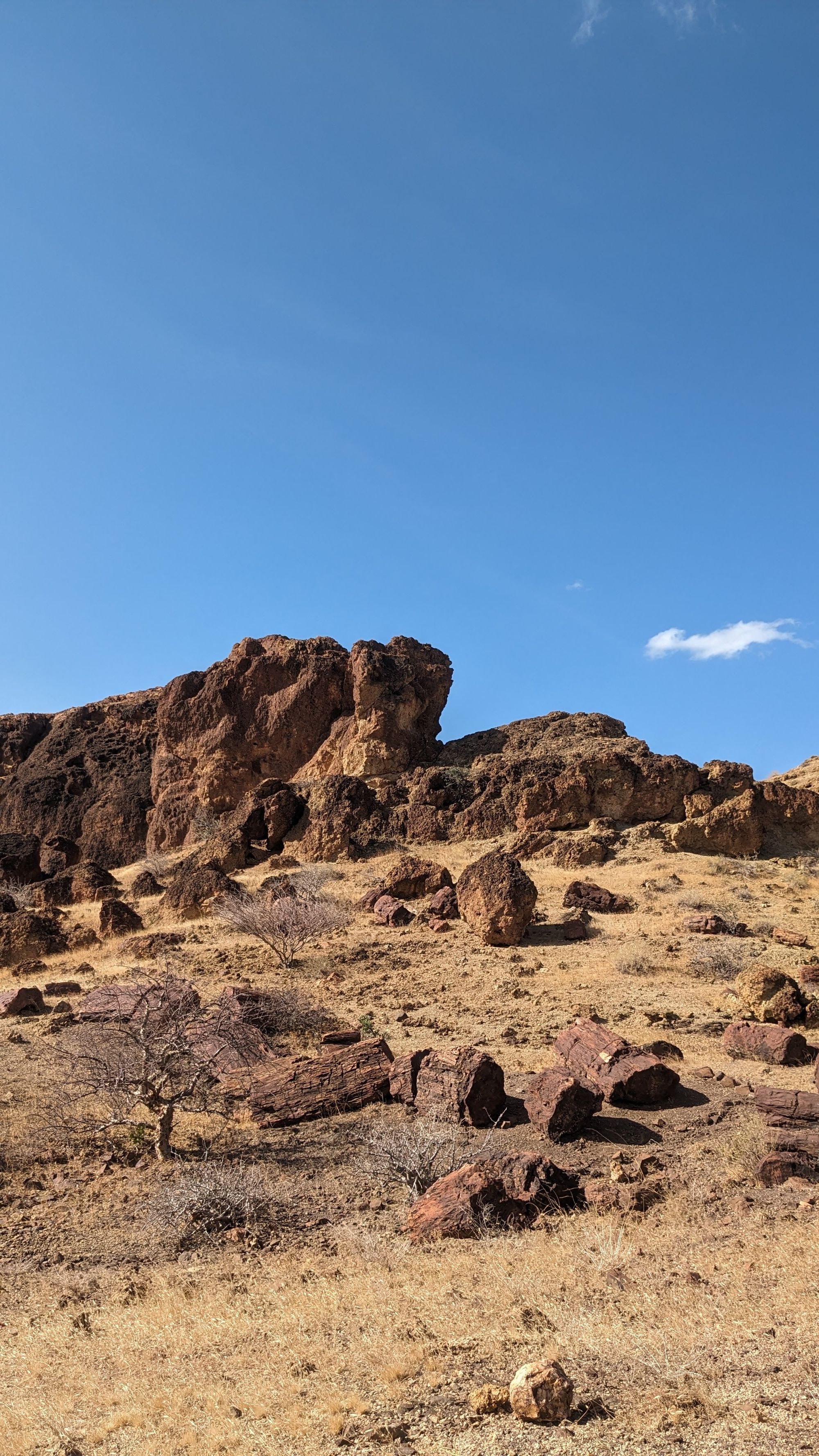
Phrases like 'at your own pace,' 'watch your pace,' 'pace yourself,' and 'pick your pace' come to mind. The reaction to such depends on the mood and state of mind one is in. For instance, 'at your own pace' lands well when one is trying to navigate the last stretch of a hike at the humbling Elephant Hill (a story for another day), while "pick up the pace" might not be the best thing one wants to hear on the last km of a Lewa marathon (one of the best weekend experience we have had).
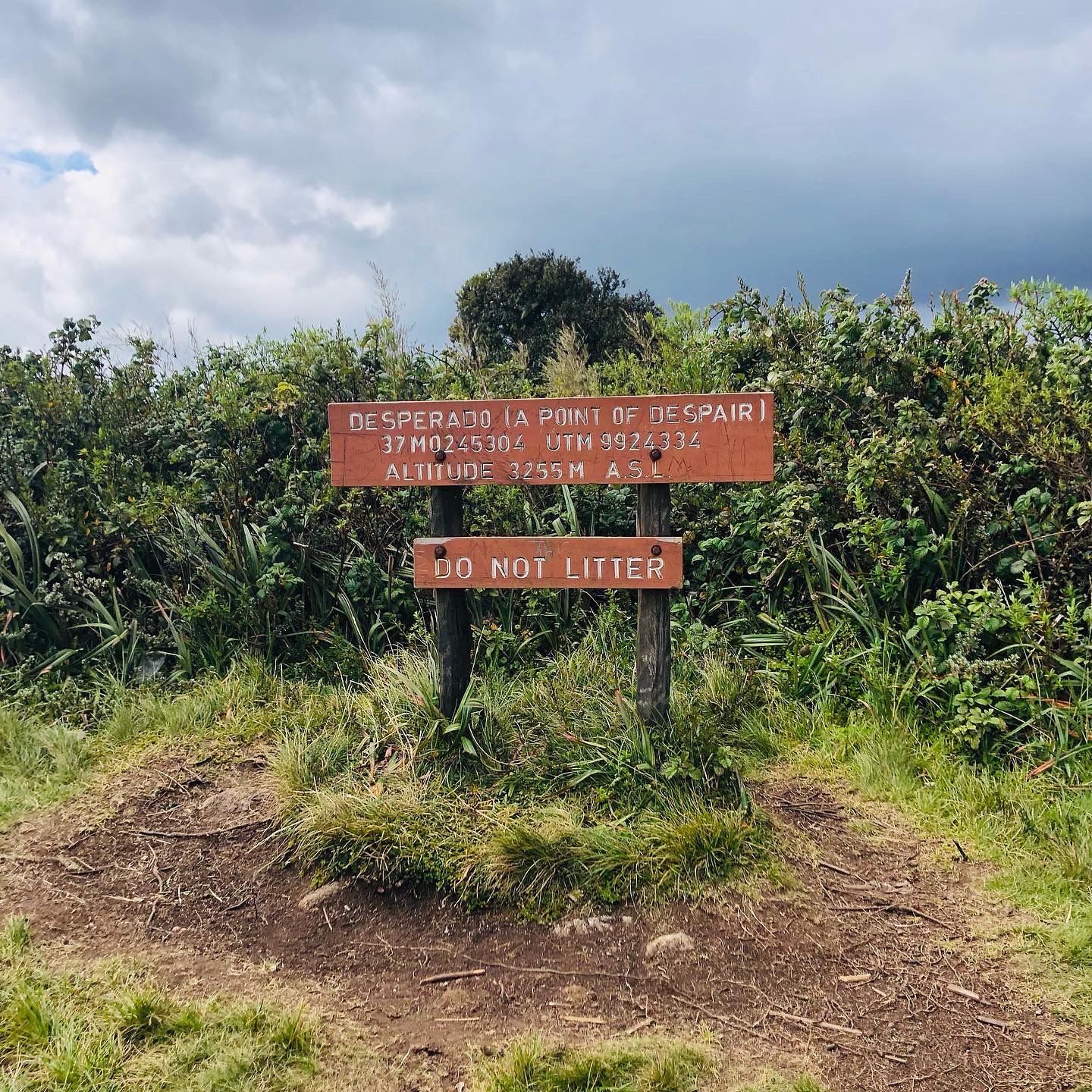
Pace is crucial in various settings, be it hiking, walking, running, cooking at camp, or off-roading. It’s about being mindful, knowing your limits, pushing boundaries, enhancing endurance, or simply slowing down to appreciate the moment. Sometimes a call to observe, be open-minded, listen, push more, let your senses wander, or speed up to not miss out on the last moments of a sunset that wait for no one.
In groups, pace could be about sticking together, moving in a convoy, communicating over walkie-talkies, and ensuring no one is left behind. A form of camaraderie.
Individually, pacing is more personal. Finding comfort in your rhythm. Solo, it can be easy to determine your own pace, but within a large group, it can be a struggle to keep up. For instance, in large group adventures, we’ve found keeping up with speed on the road a bit challenging. Cars have differing capabilities off-road, driving styles vary, and sometimes, a need to keep distance to avoid being covered in clouds of dust, as was the case in a group trip to the Chalbi Dessert. While traveling in groups is great as it builds community, and is safer for certain environments, it can be a challenge to keep up. For instance, you might want to take a break to take in a view on the road while others might not find it appealing. Balancing and a bit of compromise come in handy in such a setup.
There are instances where pace becomes exhilarating. For instance, a rush of adrenaline on open roads with windows down or when you see the peak after hours of hiking. Other times, slowing down and taking it all in is the reason we go outdoorsy.
One key lesson we’ve learned in adventure is the art of pacing.
Building your own pace. This can be achieved through taking breaks, having an early start, structuring plans to allow for leisurely days, or going all out when wanting to meet some goals.
Some of this pacing is self-imposed, while others are dictated by nature. Like slowing down on rocky terrain, speeding up on loose sandy trails, pushing oneself to make it in time to catch a sunset atop Mt. Ololokwe, increasing pace to meet a marathon goal, or surrendering to slow cooking when the winds up north get intense. On our trip to Lake Turkana and Koobi Fora, we had really underestimated cooking in a windy camp.
Reflecting on pace, we realize that motivations for adventure vary. In our case, it’s mostly been about slowing down, seeking solace from the chaos of the everyday hustle, and immersing ourselves in the serenity of slow adventures. To take in landscapes, and culture, talk to people, and observe the infrastructure and economic activities. Whether it’s absorbing a breathtaking view or marveling at how the sunrise hits the water while camping at Malindi National Reserve. Pacing becomes both a practice and a necessity.

What is gained transfers to everyday life. We've learned to pace ourselves, remain adaptable, and align our pace with our goals, both on and off the road.
Some things require energetic vibes, while others demand a slow tempo. Beyond speed, slow or hasty, and how things move, we think pace is a mood, an adventure energy, an approach to life.
